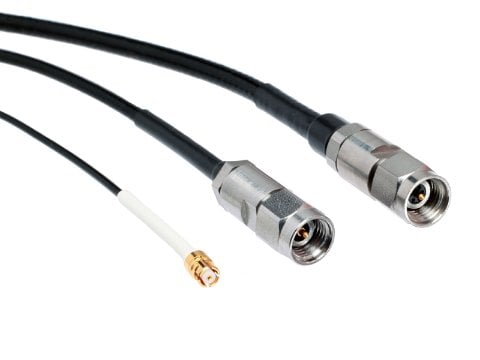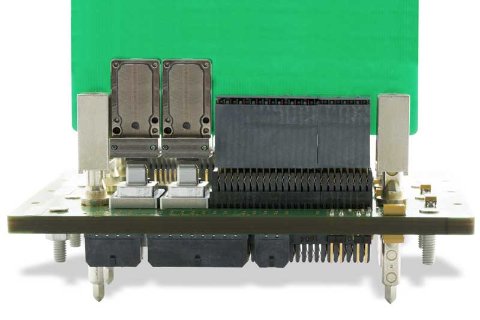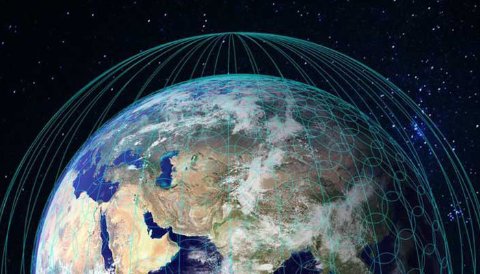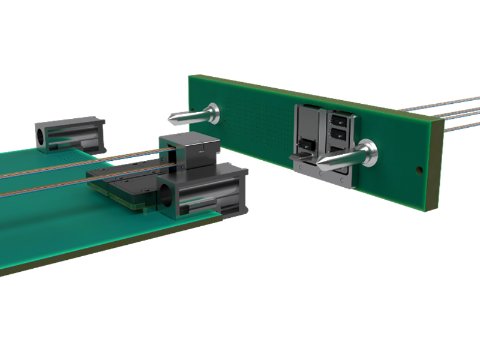- Fit standard MIL-DTL-38999, d-sub and ARINC connector cavities
- Meet or exceed the applicable requirements of the military specification of MIL-C-39029/90 & /91
- Suitable for high speed video applications, 50, 75 & 95 ohm impedances
- Upgrade coax harnesses to triax capability
- Small size for high density packaging
-
MDHC Series
Low VSWR up to 40 GHz (typ). These connectors have a constant 50 ohm airline impedance interface
-

New SpaceNXT™ QT Series of Coaxial Cable Assemblies
The SpaceNXT™ QT Series offers improved phase stability over a wide range of temperatures found in space environments whilst meeting all NASA/ESA outgassing specifications when tested per ASTM E595.
-

Overcome Challenges in Embedded Optical Interconnects Design
The above article has outlined the advantages and challenges of using fiber optical interconnects. To use fiber optic cables, the electrical signals need to be converted to light signals using fiber optic transceivers. While there are many challenges to embedded fiber optics design, the benefits are substantial. The guidelines and design check list provided will help developers select the best solutions for their needs.
-

The Internet of Space and radiation resistant transceivers
The explosion of worldwide communications over the past 25 years has led to the pervasive use of mobile and land communications equipment with an abundance of platforms, applications, and devices all driving the growth of many of the largest businesses in the world. There is no doubt that this trend will continue through the Internet of Things (IoT), and the arrival of the 5G technology along with improvements to the underlying network infrastructure. However, the next, ‘Small Step’ for man in terms of ubiquitous communications will be the ‘Giant Leap’ into the Internet of Space.
-

LightCONEX Optical Interconnects for OpenVPX and SOSA™ Aligned Applications
New LightCONEX® optical plug-in and backplane module connectors compatible with the VITA 66.5 draft standard and aligned with the SOSA™ Technical Standard for VPX systems in rugged embedded computing applications and sensor systems.



